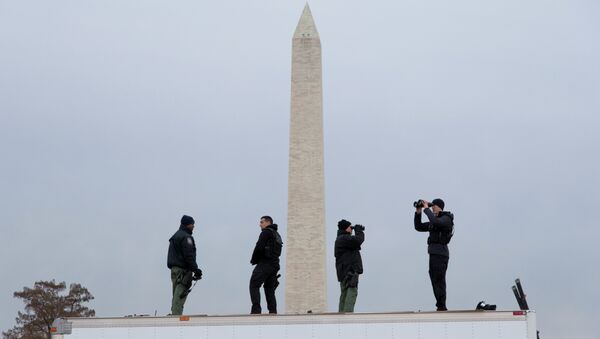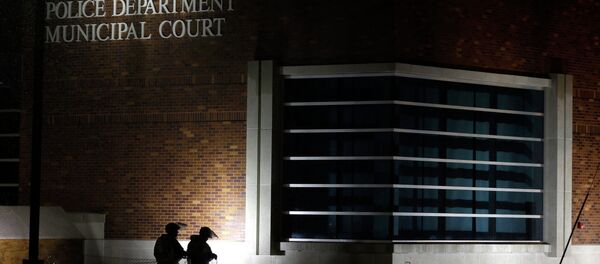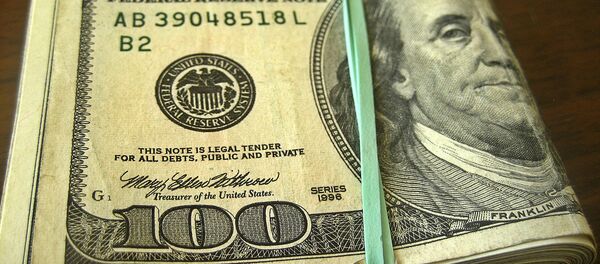Then-US President Abraham Lincoln approved the founding of the Secret Service on the last day of his life, April 14, 1865, a few hours before actor John Wilkes Booth fatally wounded him in Ford’s Theater, Washington, DC.
Initially, the US Secret Service focused exclusively on fighting counterfeiters. By the end of the American Civil War (1861-1865), this had become a real problem. More than 1,500 banks were issuing about 7,000 different types of banknotes, and the authorities had almost no control over this process. Fake banknotes made up somewhat from a third to half of the currency in circulation.
Ten agents were recruited from among private detectives and retired military officers to protect the dollar. Later, they were joined by several ex-counterfeiters, but the Secret Service never employed more than 25-30 agents in the 19th century.
Back then, the Washington police was in charge of the president’s security, and that remained in effect even after the assassination of President James Garfield in 1881. In 1894, the Secret Service, on its own initiative, sent two agents to the White House.
In 1898, the US Congress de facto recognized the authority of the Secret Service to guard the head of state, but that didn’t save President William McKinley, who was assassinated in 1901. Only in 1907, the United States allocated funding, allowing the Secret Service to provide the US president with round-the-clock protection.
In 1961, the United States decided to protect ex-presidents for “a reasonable period of time.” In 1965, Congress voted to provide ex-presidents and their spouses with lifetime protection. Their children remain under protection until they turn 16. In 1997, lifetime protection was reduced to 10 years.
After the assassination of John F. Kennedy in 1963, his widow, Jacqueline, and her children were provided with protection for two years. In 1968, it was decided that presidential widows should be protected until death or remarriage.
Also in 1968, after Senator Robert Kennedy was assassinated at an election rally, a decision was made to extend Secret Service protection to “major candidates” for the presidency (120 days prior to elections).
Since 2003, when the Secret Service was transferred from the Department of Treasury to the newly-created Department of Homeland Security (DHS), the decision on who should be considered a “major candidate” has been made by the head of the DHS following consultations with the majority and minority leaders in the House of Representatives and the Senate.
In addition to US politicians, the Secret Service provides protection to foreign leaders and their spouses during visits to the United States, and senior US officials abroad. It is also responsible for the security of the White House, government residences, diplomatic missions, and the buildings of the Department of Treasury and the DHS.
Two specialized Secret Service units are tasked with ensuring the security and stability of the US financial system. One of them focuses exclusively on combatting counterfeiters. It investigates all the crimes related to counterfeiting banknotes, US treasury checks, food stamps and postal stamps. The competence of the Secret Service also includes forged bank cards and personal documents, financial crimes using telecommunications and computers, as well as money laundering.
The exact number of Secret Service personnel is unknown. It is believed that its staff has grown about 100 times over the 20th century. Under President Theodore Roosevelt, it had several dozen employees; in the early 1960s — over 500; and an estimated 5,000 employees currently.
Secret agents and building security personnel account for almost two-thirds of its staff. The rest are technical and administrative staff, including communications personnel, forensic experts, psychologists and lawyers.
The Secret Service has more than 120 offices in the United States and 15 offices overseas, including in Moscow.





